Troubleshoot a Bike that Won't Turn On
In the unlikely event that your bike won't turn on, this guide will help troubleshoot the issue so you can get back to riding Rad as soon as possible!
This guide uses a 2019 RadCity Step-Thru but the steps will be similar for most models.
Tools you may need:
- Flat side cutters
- Flat head screwdriver
- A few replacement zip ties
Click the heading below to begin troubleshooting the issue.
Test the Battery
A low charge or a loose battery connection can cause your bike to not turn on when you press MODE or the power button. Follow the steps below to check that the battery is charged and correctly installed.
- Check the battery charge level. With the battery in place on the bike, use the key to turn on the battery.
- Press and hold the status button next to the LEDs. The LEDs on the battery gauge will light up. The higher the number green LEDs that are lit up, the higher your current battery level.
The battery key must be in the on position for the LEDs to light up when the status button is pressed.
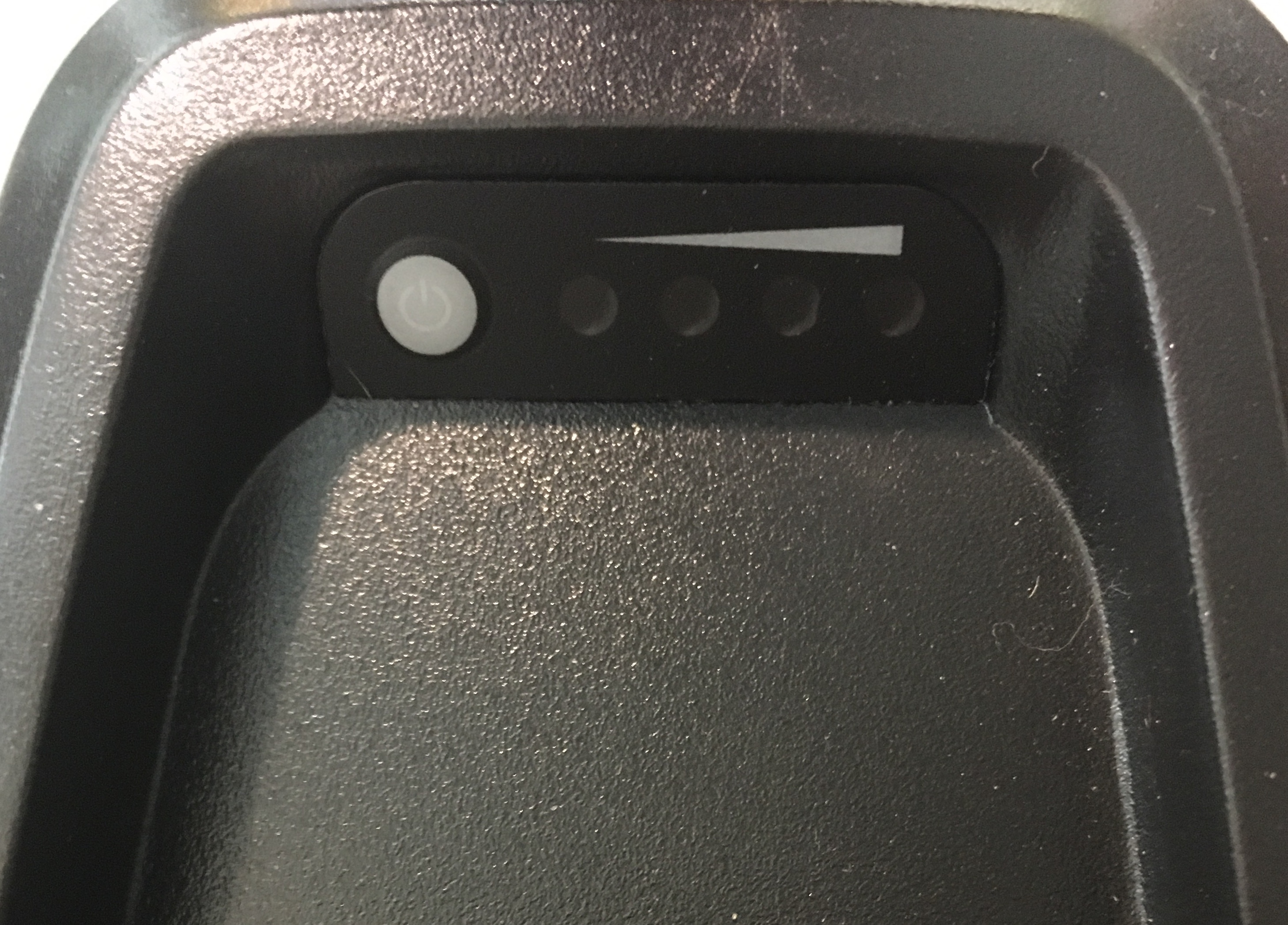
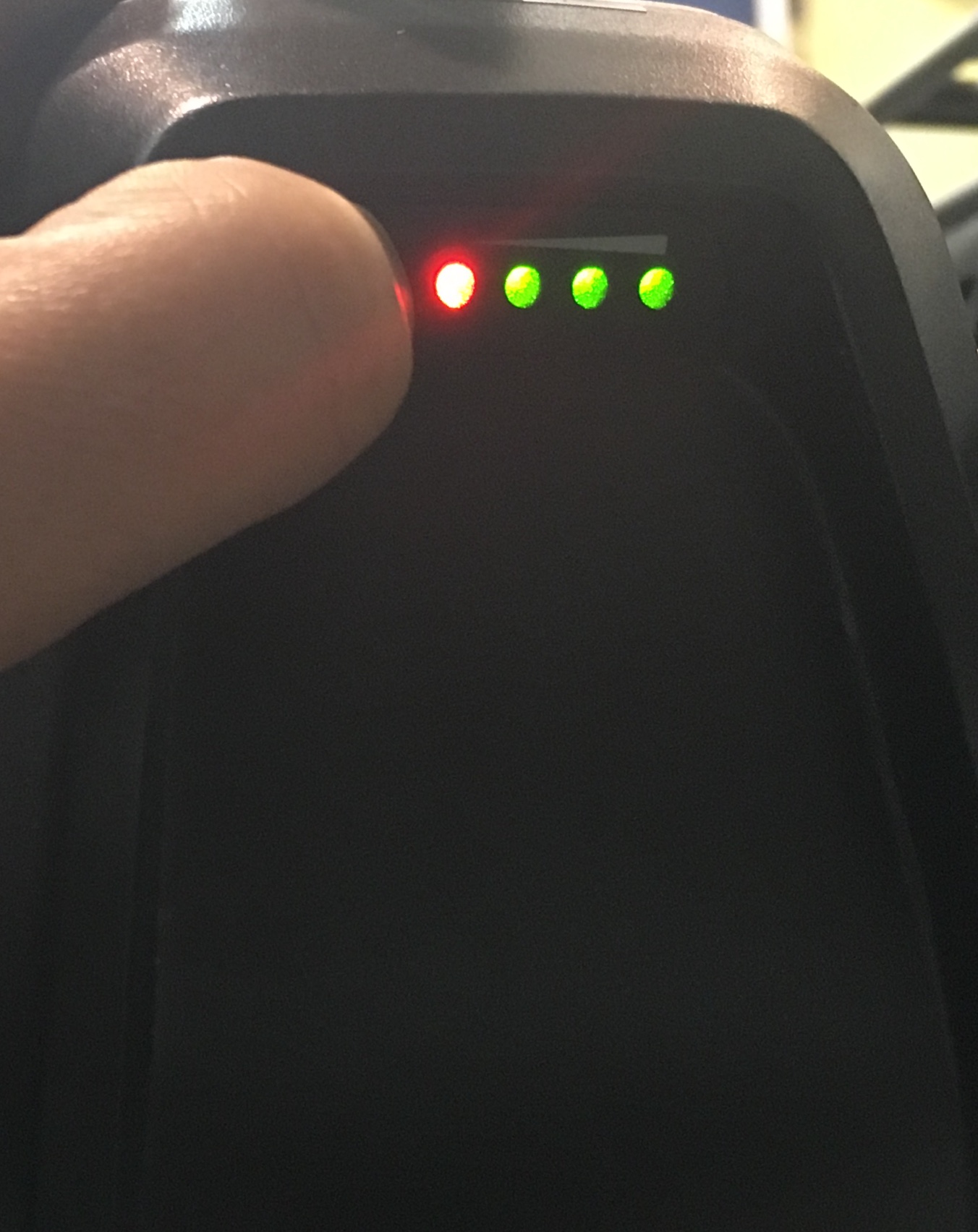
- If the battery gauge is showing no or low charge, charge the battery. Follow the steps HERE for a refresher on how to charge the battery.
If the battery is properly connected to the charger but won't charge, follow the steps HERE to check the 5A battery fuse. - Once the battery is fully charged, reinstall the battery and try to turn on the bike.
If the bike won't turn on, follow the steps below to check the battery contacts. - Remove the battery and discharge remaining power. Start with the bike turned off, remove the battery, and press and hold MODE or power to discharge remaining power.
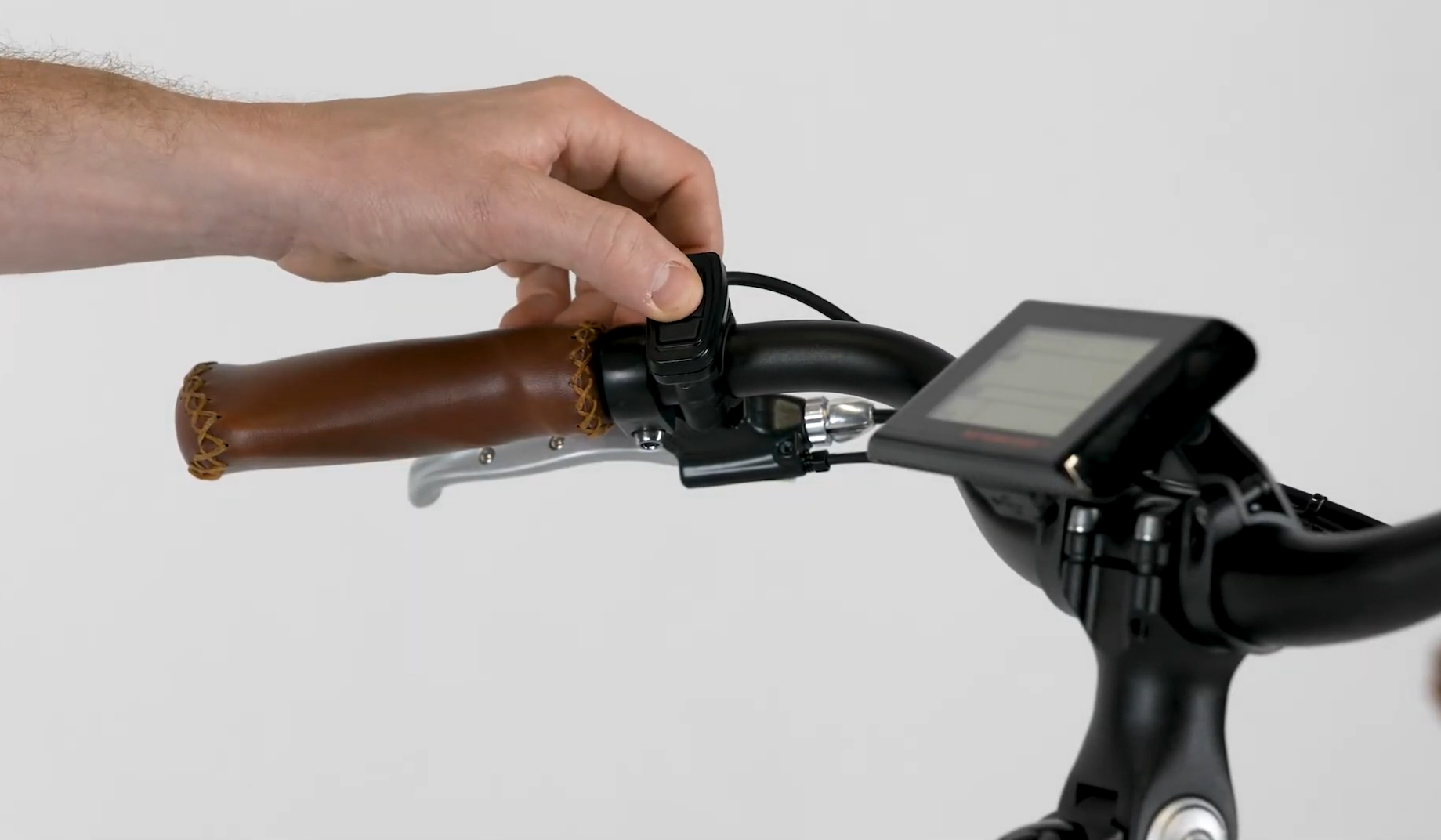
- Inspect the battery and mounting tray terminal contacts. If you notice any dirt, damage, or moisture, contact Rad Power Bikes Product Support.
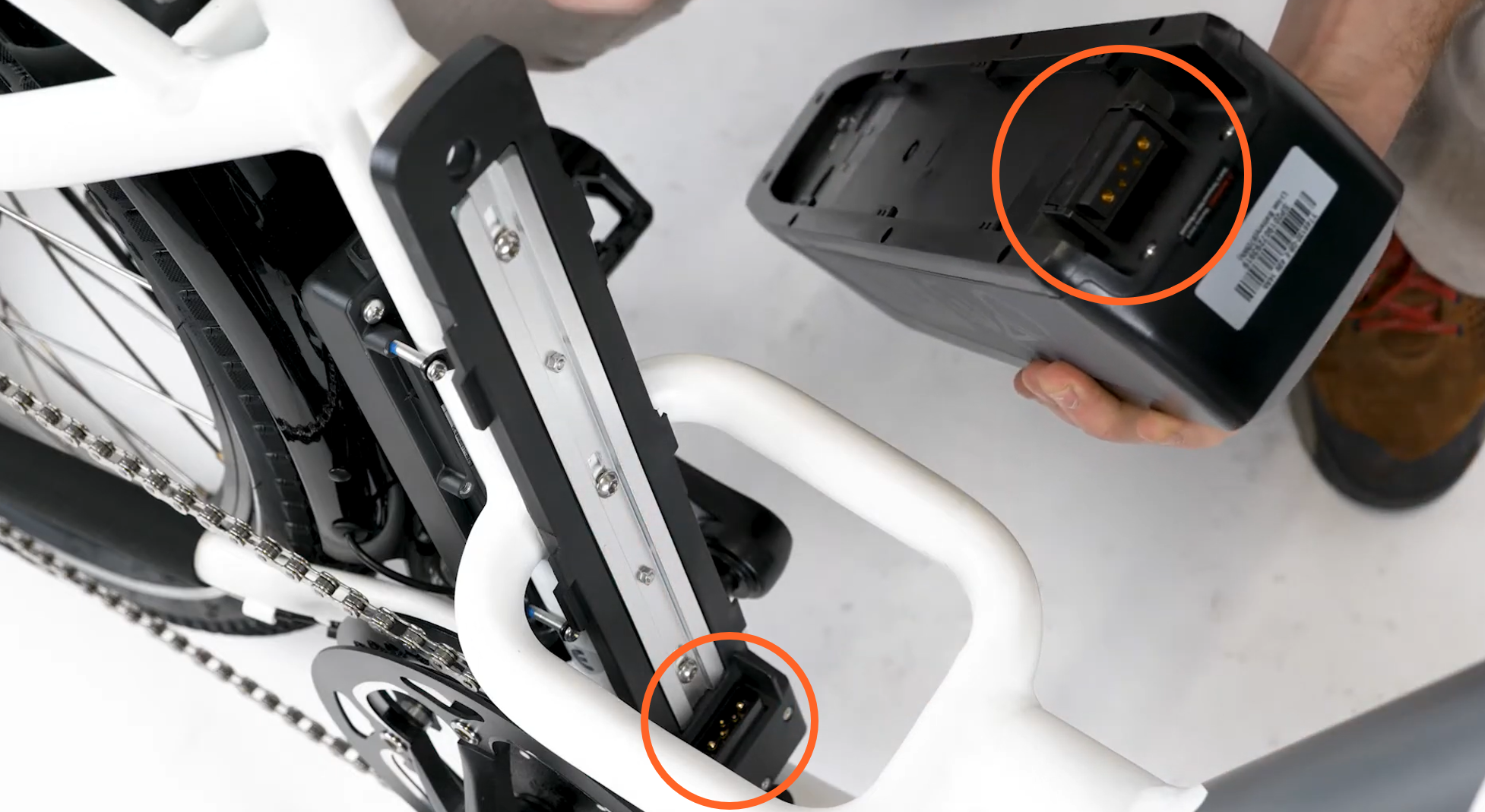
- If the contacts look normal, reinstall the battery and use the key to turn on the battery.
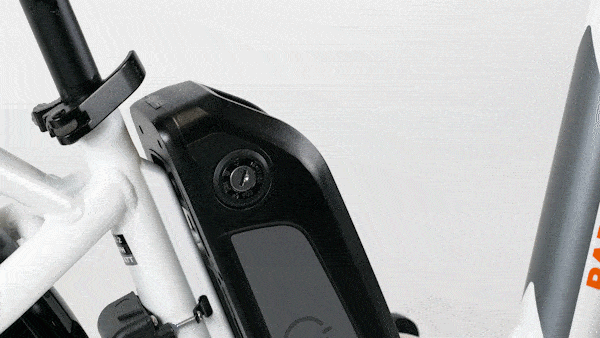
- Turn on the bike. Press and hold MODE or power to turn on the bike. If the bike turns on and displays an error message, enter the error message in our Help Center search bar to find a troubleshooting guide. If the bike won't turn on, follow the steps in the next section.
- If the bike does turn on, test the bike fully and ride Rad!
Check the Connectors
If a connection on the bike is loose, it may cause the bike to not turn on. Follow the steps below to check each connector.
- Remove the battery and discharge remaining power. Start with the bike turned off, remove the battery, and press and hold MODE or power to discharge remaining power.

- Check the display connector.
- Locate the connector. Trace the cable coming from the display to the silver metal connector at the front of the bike.

- Unplug, inspect, and plug in the connector. Snip zip ties as needed to access the connector. Untwist the metal portion of the connector, then pull each side directly apart, without twisting. Inspect the inside, and if it looks normal, line up the internal notch and pins and press directly together, without twisting, to reconnect. Then, twist the metal portions until the connector is secure.
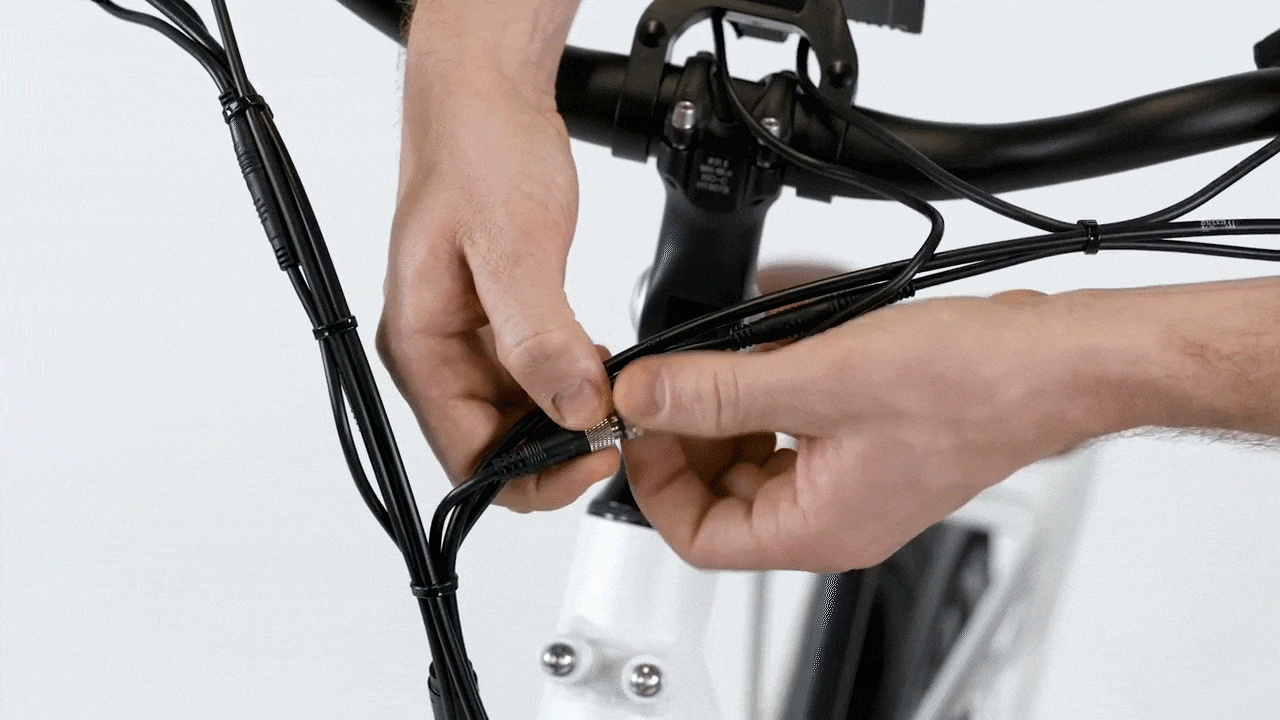
- Reinstall the battery and try to turn on the bike. If the bike won't turn on, follow the steps below to check the battery connector.
- Locate the connector. Trace the cable coming from the display to the silver metal connector at the front of the bike.
- Check the battery connector.
- Remove the battery and discharge remaining power. Start with the bike turned off, remove the battery, and press and hold MODE or power to discharge remaining power.
- Locate the battery connector. The battery connector is the large connector located near the bottom bracket. The connector is flat on one side and is black inside with two large prongs.
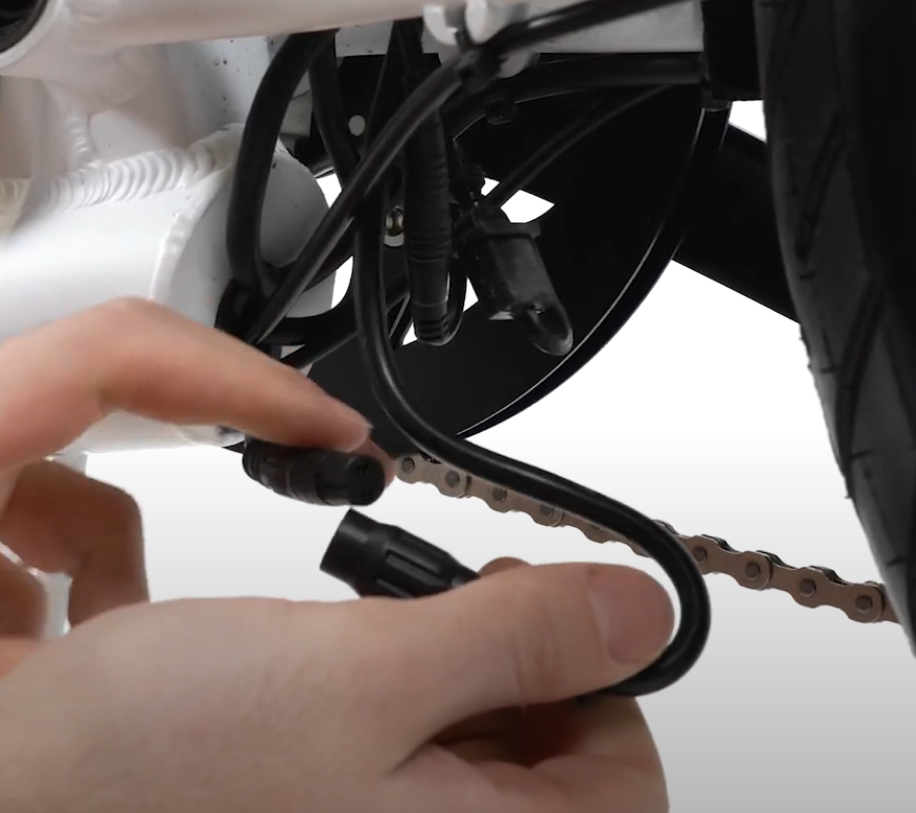
- Unplug, inspect, and plug in the connector. Snip zip ties as needed to access the connector. Pull each side of the connector directly apart, without twisting, to unplug. Inspect the inside, and if it looks normal, line up the internal notch and pins, and the outer flat side, and press directly together, without twisting, to reconnect.
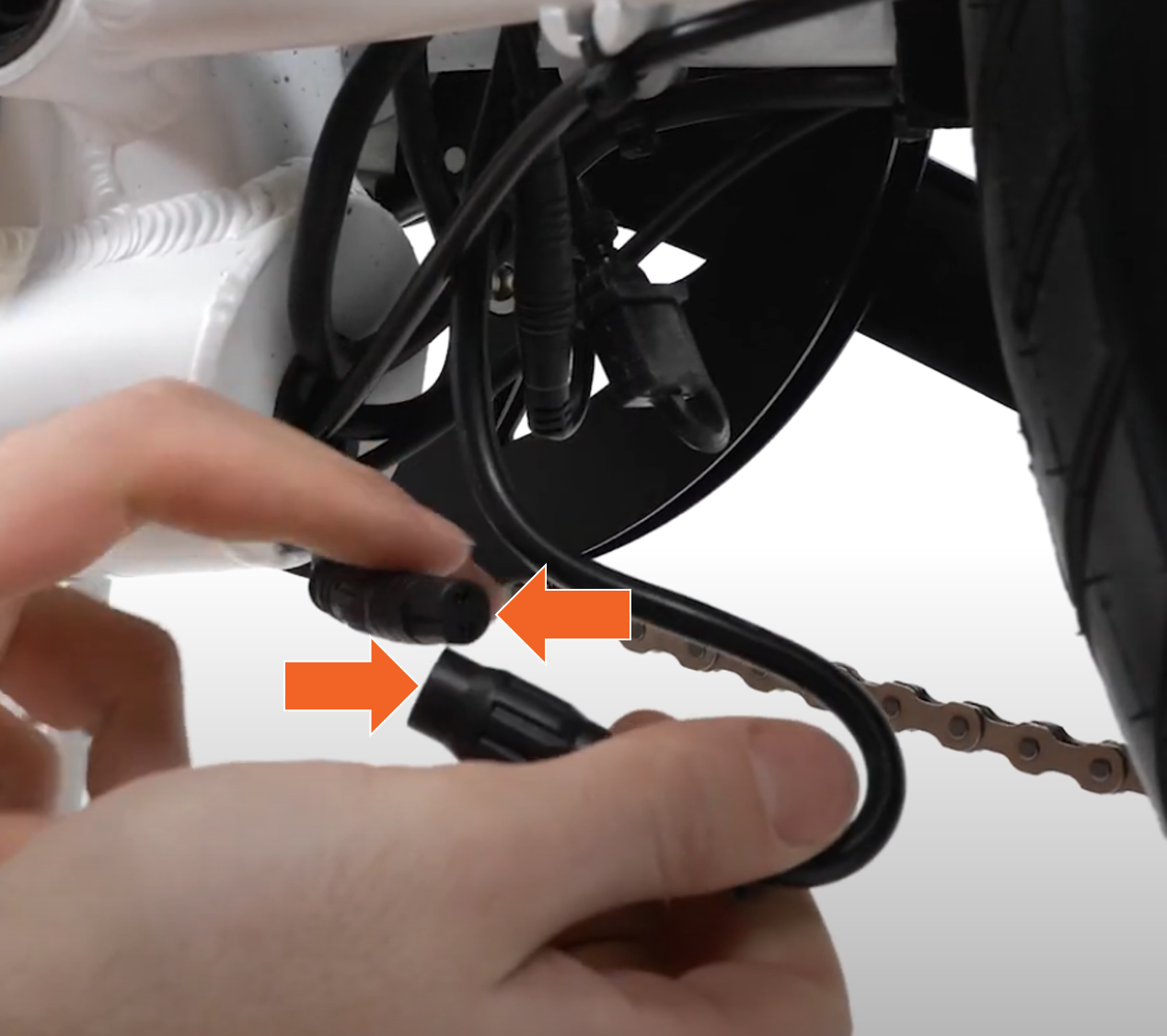
- Reinstall the battery and try to turn on the bike. If the bike won't turn on, follow the steps below to check the wiring harness connector.
- Check the wiring harness connector.
- Remove the battery and discharge remaining power. Start with the bike turned off, remove the battery, and press and hold MODE or power to discharge remaining power.
- Locate the wiring harness connector. The wiring harness runs from the big connector at the front of the handlebar, through or alongside the downtube, to the bottom bracket. Sometimes, the connector may be inside the downtube. If the wiring harness connector is inside the downtube, follow the steps below to access and check the connector.
- Rotate the handlebar. Push the wiring harness cable (the thickest cable at the handlebar) into the upper cable opening to create cable slack.
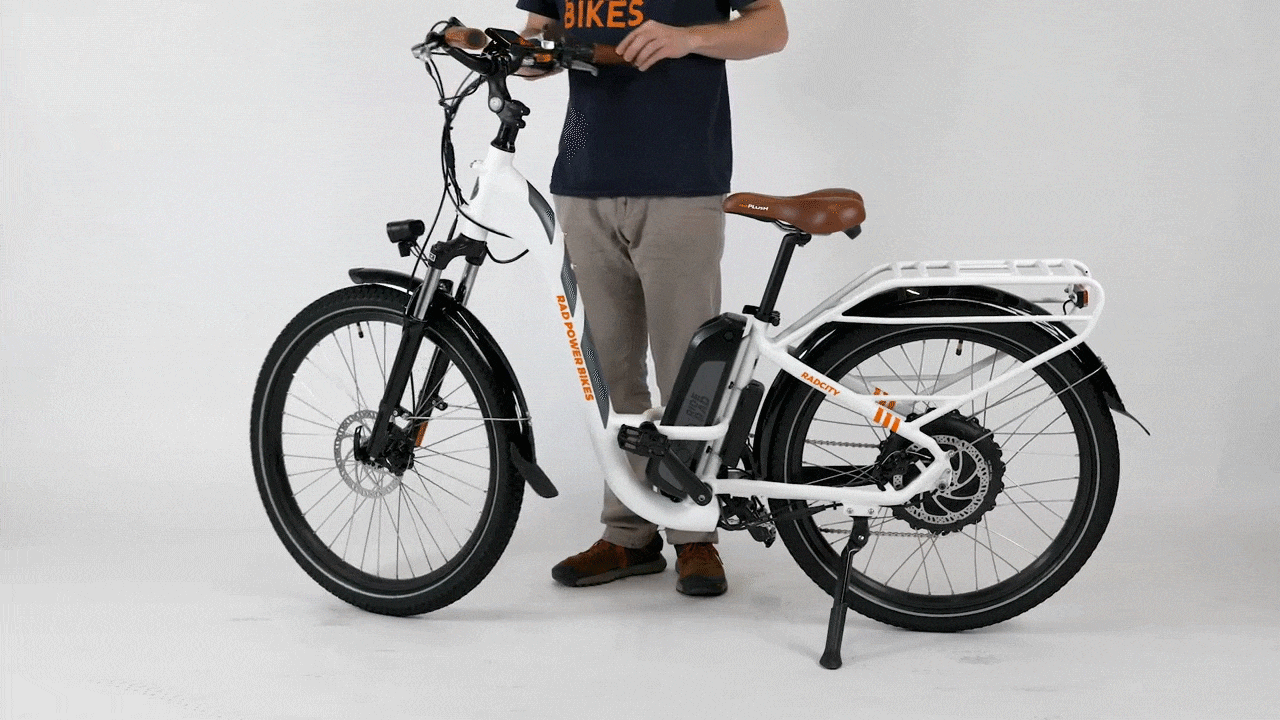
- Unseat the rubber grommet. Carefully snip zip ties as needed, and use a flat head screwdriver to unseat the rubber grommet on the lower cable opening of the downtube.
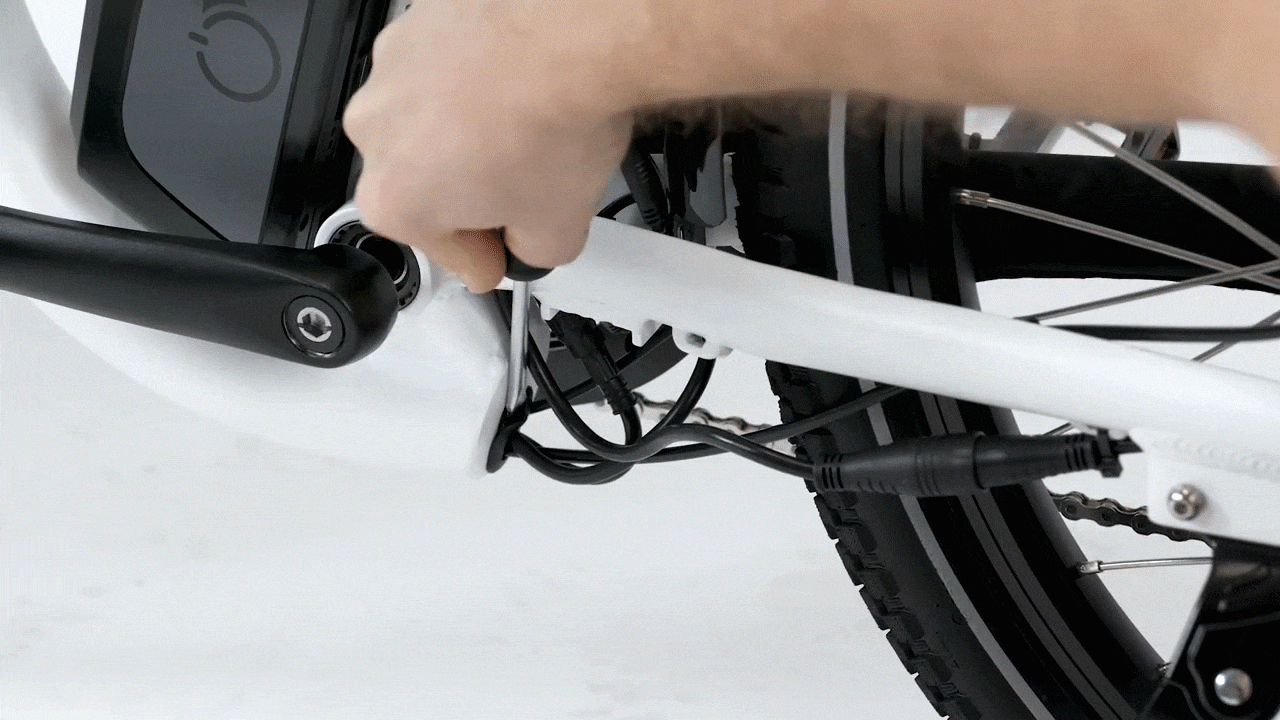
- At the top of the downtube, gently feed cable into the downtube. At the lower cable opening, gently pull the wiring harness cable until the connector is out of the downtube.
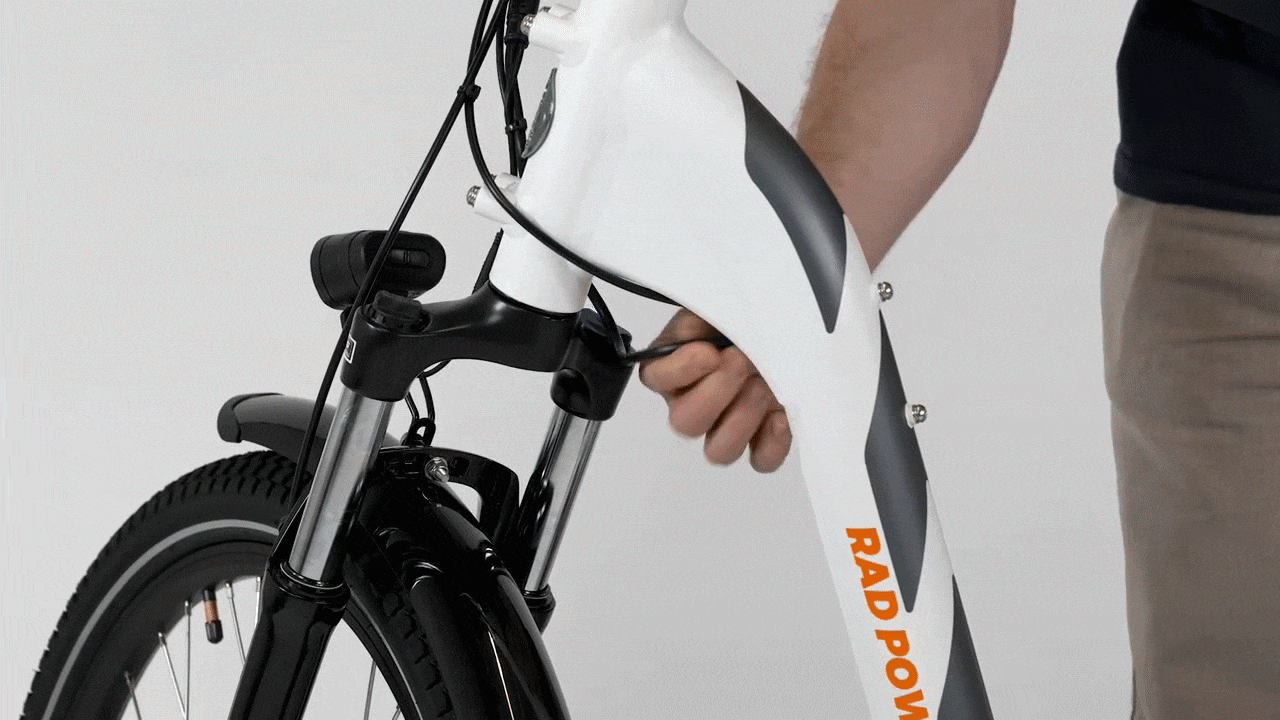
- Unplug, inspect, and plug in the connector. Pull each side of the connector directly apart, without twisting, to unplug. Inspect the inside, and if it looks normal, line up the internal notch and pins (and external arrows), and press directly together, without twisting, to reconnect.
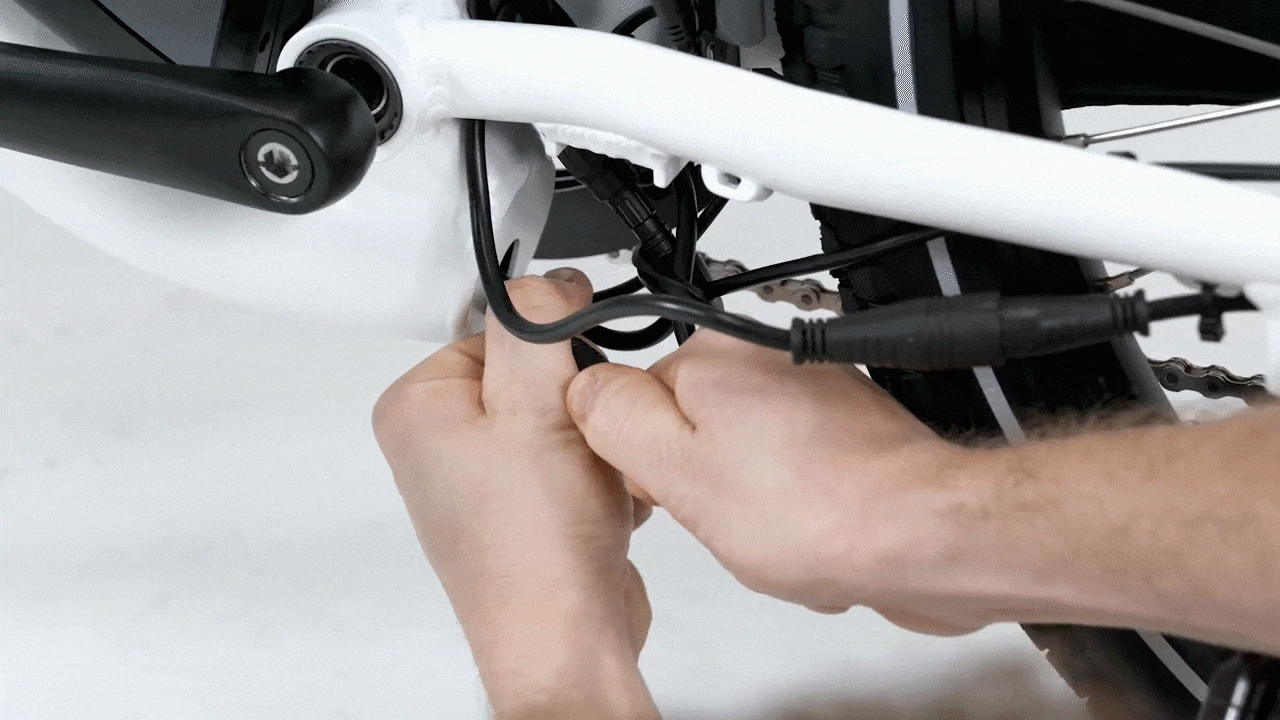
- Insert the connector back into the downtube through the lower cable opening. Double-check that the connector is securely connected and insert it back into the downtube. Install the rubber grommet over the cable opening.
- Turn the handlebar so the front wheel is facing forward to pull up cable slack from inside the downtube.
- Reinstall the battery and try to turn on the bike. If the bike won't turn on after testing the battery and checking the connectors, follow the steps HERE to check the 40A battery fuse.
- Replace any snipped zip ties to secure cables away from moving parts. Snip zip tie excess so it is flush and smooth.
- Test the bike fully before riding.
If you are not confident in your ability to successfully and safely perform all steps, we recommend having the work performed by a local, certified, and reputable bike mechanic.
